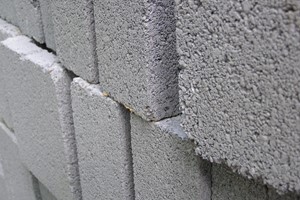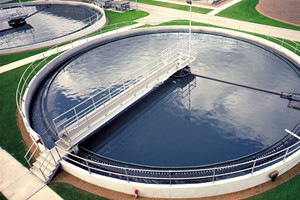The Japanese construction industry is projected to grow at a rate of 1.2 percent annually through 2019, with civil engineering works showing a slightly higher rate of expansion than buildings. The current hot topic in the Japanese construction industry is the Tokyo Olympic Games in 2020. Many public projects are expected in the coming years in athletic facilities and associated infrastructure, in addition to new hotel projects. At the same time, as Japan's aging population grows, demand is increasing for suitable healthcare and elderly living facilities. The current labor shortage in the construction industry may place some constraints on expansion in the building market. Japan's wooden housing market is the largest in the world outside the United States, and the residential housing sector accounts for an estimated 40 percent of wood use in Japan. The Japanese government recognizes that housing and other buildings account for 30 percent of total energy consumption in Japan, with significant increases in energy use by buildings in the past two decades compared with sectors such as transportation and industrial use. Since 2012, the Japanese government has embarked on a focused roadmap to roll out a series of building energy efficiency policies, including programs to promote the construction of houses and buildings with higher energy efficiency performance, and construction of zero energy homes via revised Energy Efficiency Standards for large, medium and small buildings with the earliest mandatory compliance from 2017. It plans to improve energy efficiency of existing houses and buildings via promotion of renovations, improvement of building materials and equipment. Provisions pertaining to fundamental "green" areas, such as energy efficiency, indoor air quality and water efficiency, are included in Japan's Building Standard Law (BSL). Japan's economic growth is projected to reach 1.0 percent in 2017 before slowing to 0.8 percent in 2018, according to the Organization for Economic Co-operation and Development (OECD). Faster growth is critical to stopping and reversing the run-up in public debt, which is projected to reach 240 percent of GDP by 2018. Growth momentum will continue through 2018. Export growth is expected to pick up with the rebound in international trade and this will support investment in the business sector, where profitability and cash holdings are historically high. The downward trend in public investment will resume, although it will be partly offset by construction related to the 2020 Olympics. Unless it implements a more detailed and concrete strategy to stabilize the debt ratio, Japan could face a loss of confidence in its fiscal sustainability, which in turn could destabilize the financial sector and the real economy, with large spillovers to the world economy.


Country Reports - Japan
Slow Growth but Seismic Potential for Japan's Construction Sector
April 2017

Japan is the second largest construction market outside the United States. It is a stable, advanced market that is strongly receptive to high quality building products, according to the 2016 Top Markets Report on Building Products and Sustainable Construction by the U.S. Department of Commerce. Japan's population, and particularly its senior population, has high disposable income, a commitment to energy efficiency and resource conservation and a strong interest in new technologies to achieve greater environmental friendliness in the built environment. The Japanese market includes dense urban centers and extensive existing building stock in need of renovation.










